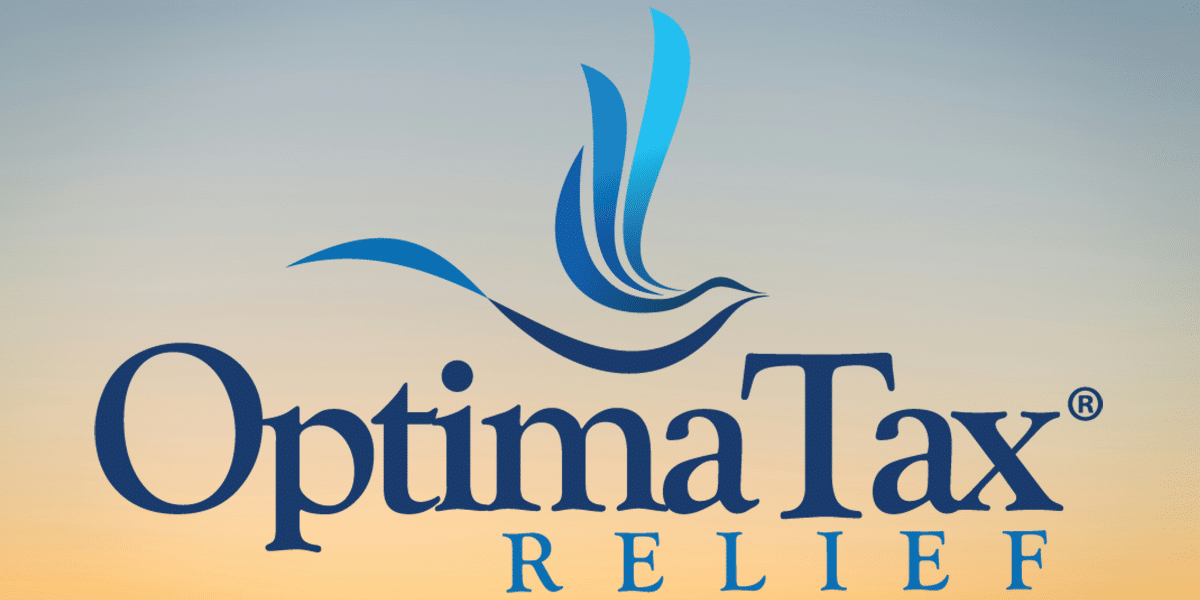The Internal Revenue Service (IRS) has announced a new initiative aimed at addressing high-income non-filers, with a particular focus on individuals with substantial financial activity. This effort underscores the agency’s commitment to enforcing tax compliance and closing the tax gap, particularly among affluent taxpayers who have failed to file tax returns despite significant earnings. Optima Tax Relief provides a summary of the IRS announcement and its implications.
Targeting High-Income Non-Filers
The IRS has launched a targeted campaign to address non-compliance among high-income individuals who have failed to file tax returns despite their substantial earnings. The IRS is estimating the sum of this group’s financial activity to be more than $100 billion. This initiative aims to ensure that wealthy taxpayers fulfill their tax obligations and accurately report their income to the IRS. This new initiative has stemmed from extra IRS funding provided by the Inflation Reduction Act.
In February 2024, the IRS began mailing notices to over 125,000 cases of taxpayers who have not filed tax returns since 2017. Of these, 25,000 taxpayers earned over $1 million in income. In addition, over 100,000 of them had incomes between $400,000 and $1 million. By targeting high-income non-filers, the IRS seeks to address disparities in tax compliance and prevent tax evasion among affluent taxpayers.
Sources
Interestingly, the IRS was able to locate these high-earning taxpayers through third-party information received. Some examples include W-2s and 1099s forwarded to the IRS to report payments made. Having these sources to turn to is not a new IRS practice. However, the IRS has only been able to sporadically investigate non-filers due to a lack of manpower and budget. These two issues have been helped through Inflation Reduction Act funding.
Continuing Enforcement
The IRS will continue to locate non-filers. They will also be mailing compliance alerts through the form of IRS Notice CP59, which informs taxpayers of their failure to file a tax return. The IRS plans to send 20,000 to 40,000 letters each week and they will start with the highest earners.
These non-filers will already face IRS penalties for not filing their returns. The failure to file penalty is currently 5% of the unpaid tax for every month or partial month it goes unpaid, up to 25% of the total tax bill. Taxpayers are strongly encouraged to take immediate action to resolve their tax issues to avoid further enforcement. Enhanced enforcement measures may include audits, investigations, and legal actions to hold non-filers accountable for their tax obligations.
Substitute Tax Returns
The IRS plans to file Substitutes for Returns (SFRs) on behalf of taxpayers who do not respond to non-filer letters. The substitute tax return is based on available information the IRS has regarding the taxpayer’s income, deductions, credits, and other relevant financial data. However, the IRS prepares the substitute return using the most unfavorable terms for the taxpayer, often resulting in a higher tax liability than if the taxpayer had filed their return themselves.
Note that substitute tax returns do not consider any potential deductions, credits, or exemptions that the taxpayer may be eligible for. As a result, taxpayers who have had substitute returns filed on their behalf may later file their own tax return to claim deductions and credits that could reduce their tax liability.
Importance of Tax Compliance
Tax compliance is a fundamental obligation for all taxpayers, regardless of income level. Failing to file tax returns or underreporting income can lead to severe consequences, including penalties, interest charges, and legal actions by the IRS. Tax compliance is a fundamental obligation for all taxpayers, regardless of income level. Failing to file tax returns or underreporting income can lead to severe consequences, including penalties, interest charges, and legal actions by the IRS.
Conclusion
In summary, the IRS’s new initiative targeting high-income non-filers reflects its commitment to promoting tax compliance and fairness in the tax system. By focusing on wealthy individuals with substantial financial activity, the IRS aims to address disparities in tax compliance and close the tax gap. Taxpayers, especially high-income earners, should ensure they fulfill their tax obligations and accurately report their income to avoid potential enforcement actions by the IRS.
Published By: Aize Perez




















